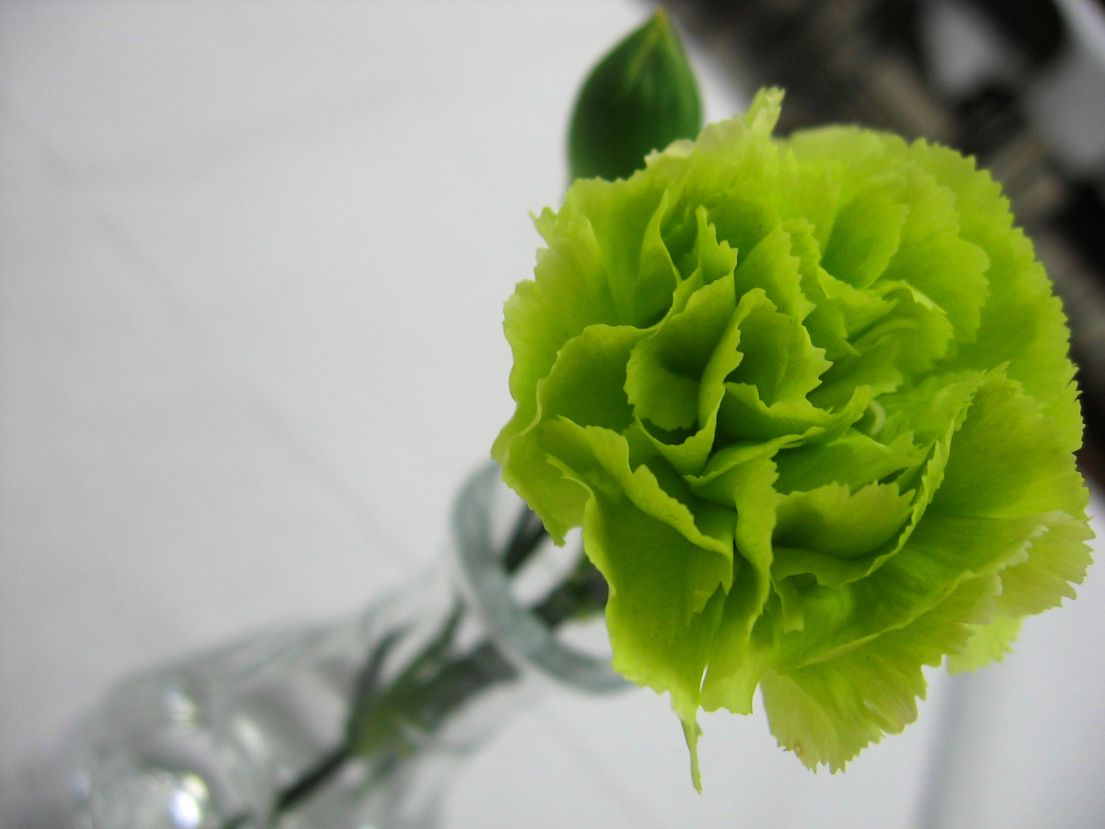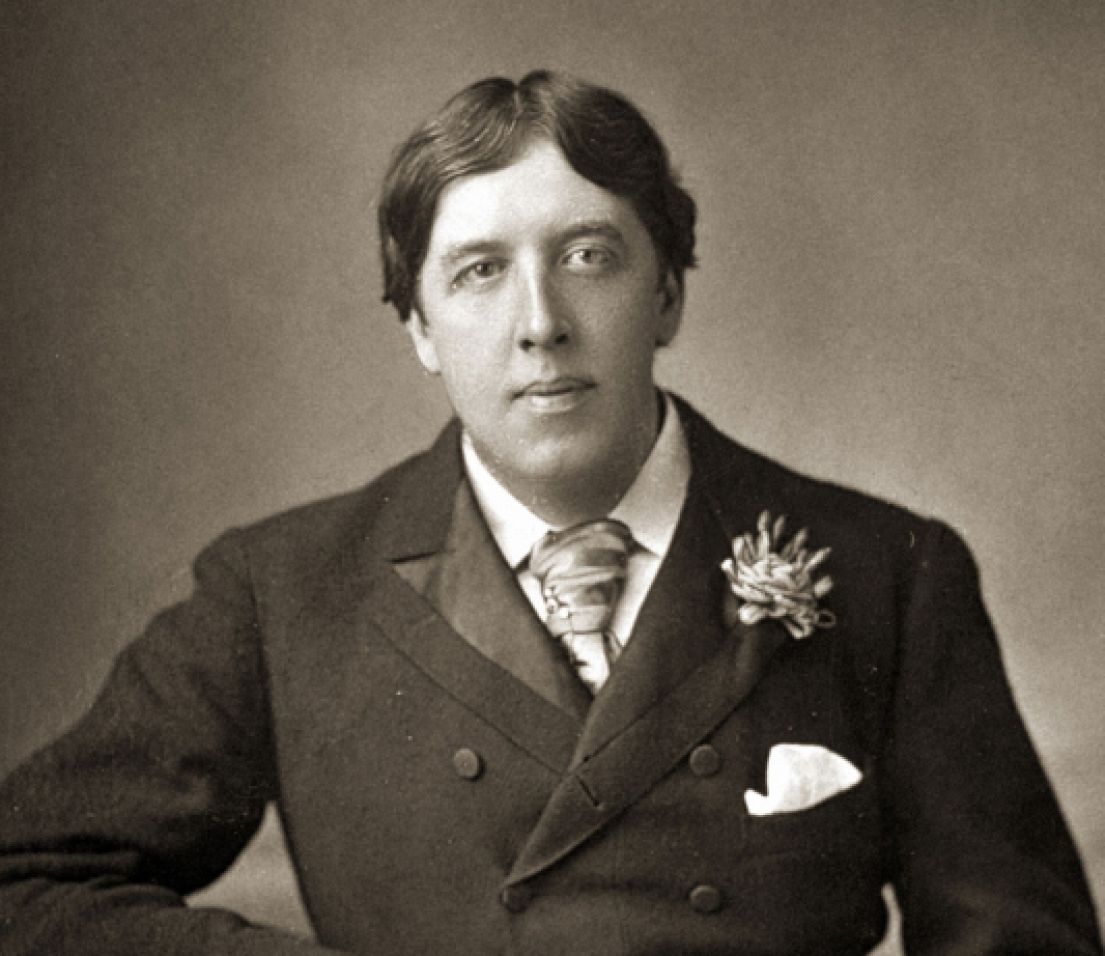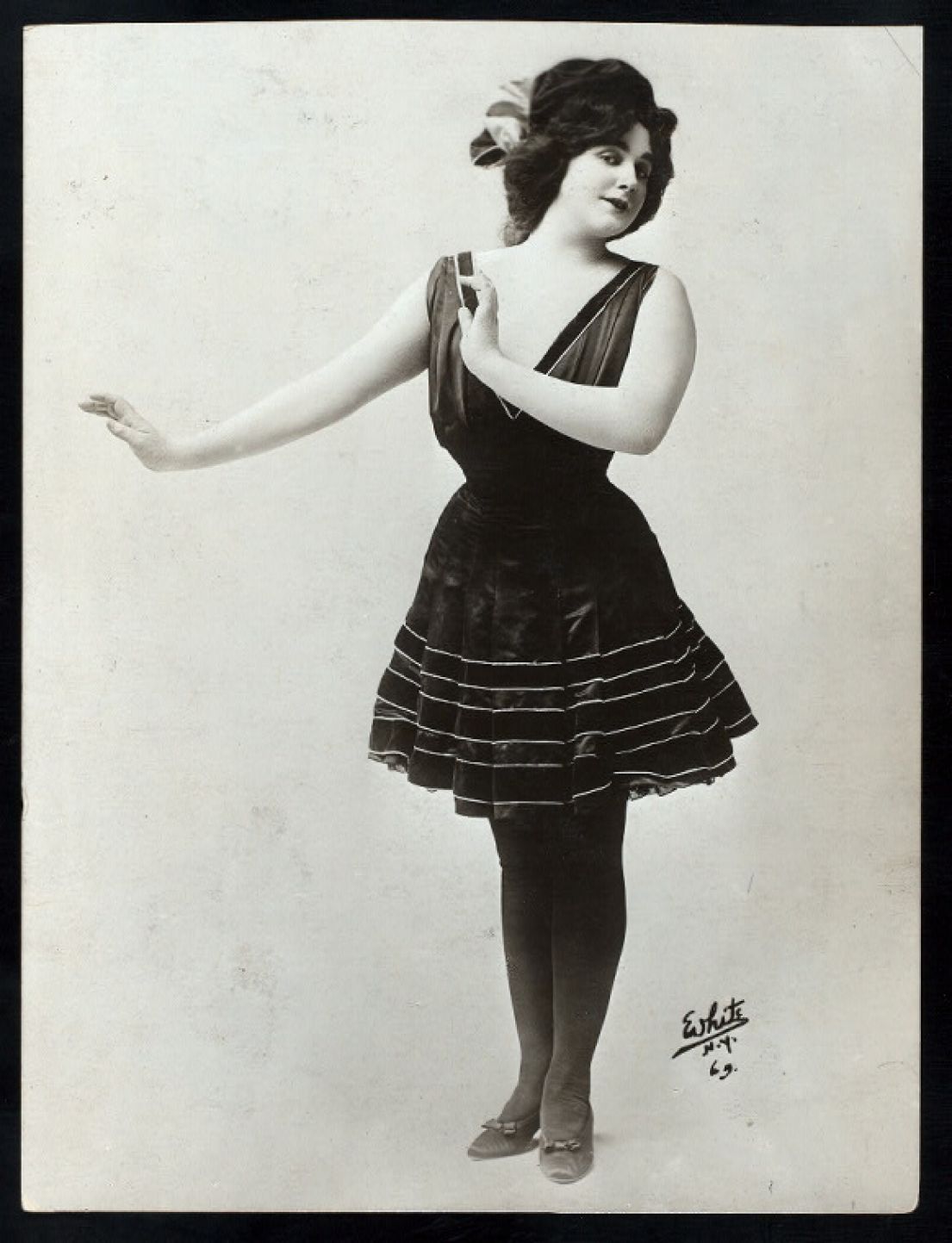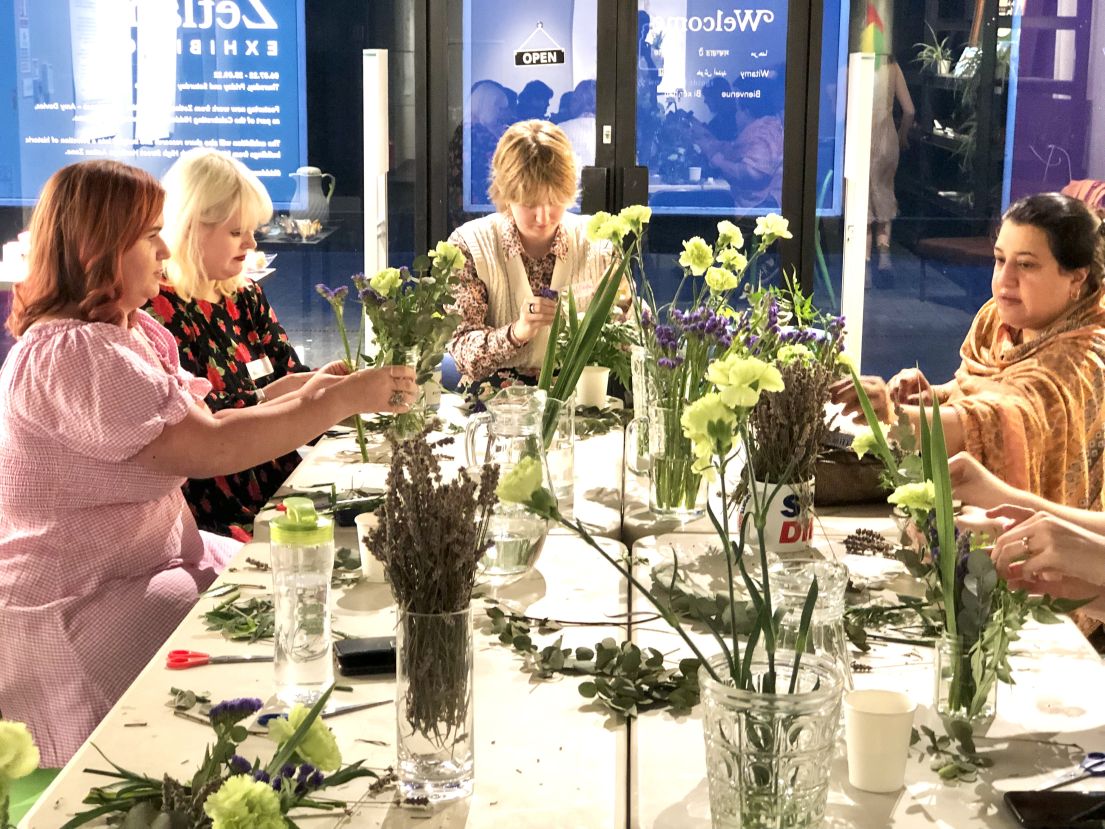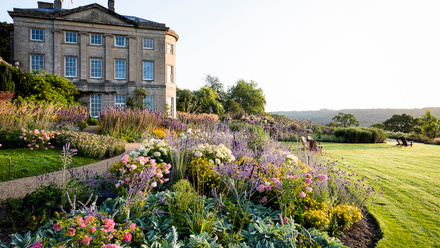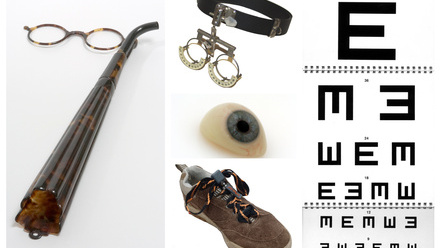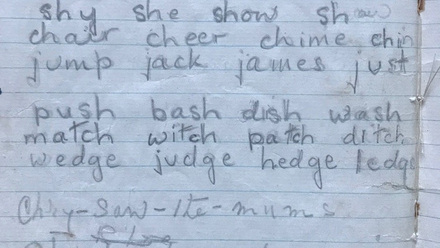Say it With Flowers
Flowers - beautiful, cheering (hello 1st snowdrops!)…. and fascinating. Yes, blooms too have tales to tell! Last year, we heard how they can be considered ‘Astounding Inventions’. This year we’re exploring the history of creativity and, well, flowers have been used for display since humans first found them! As it is LGBTQ+ History month, we’ve invited Ian Giles to tell us about some of their queer connections. He ran a fantastic flower arranging workshop for the festival last year with Celebrating Hidden Middlesbrough. Take 5 with us to smell the roses and make a statement, which petals would you pick for a posy?

